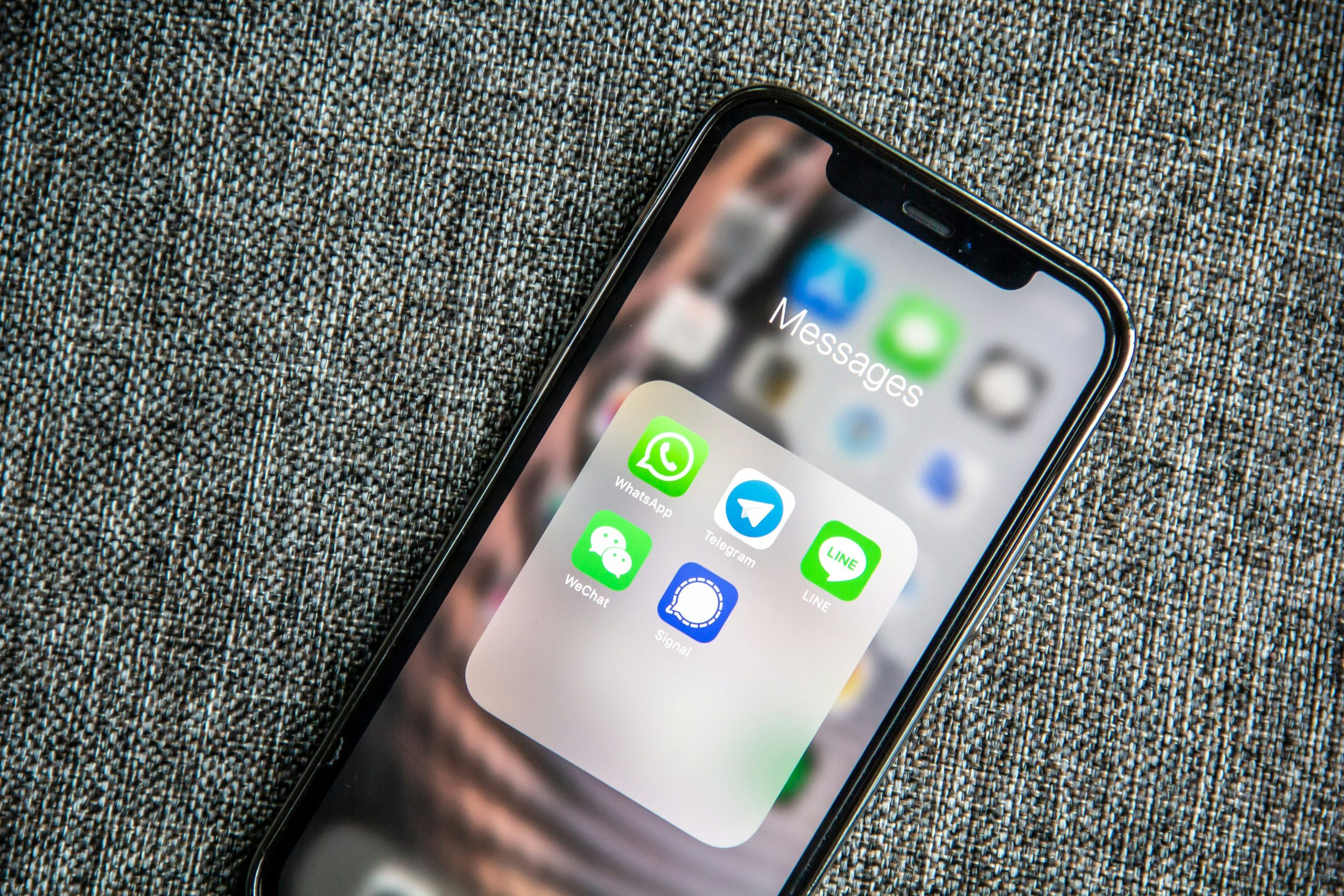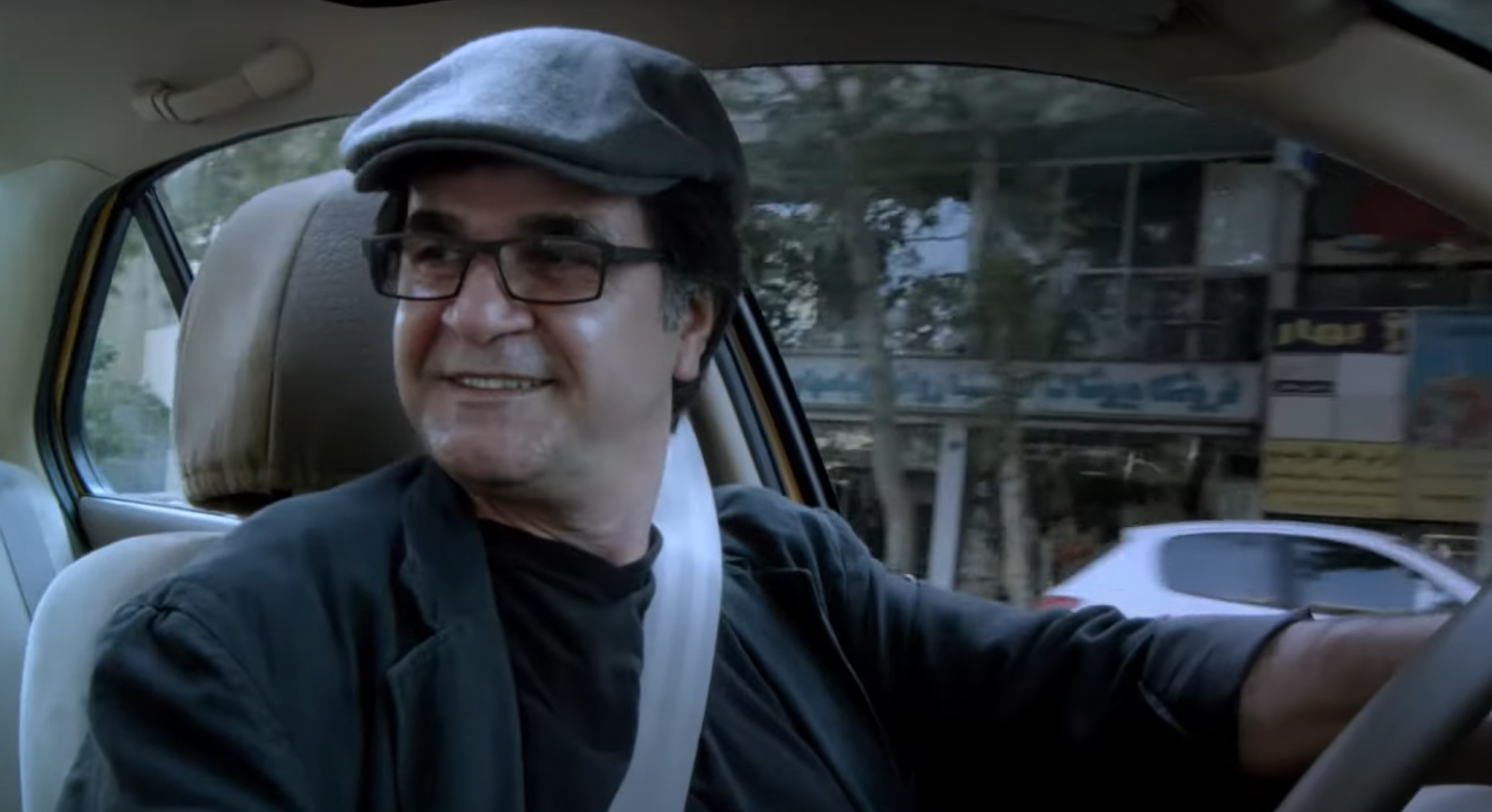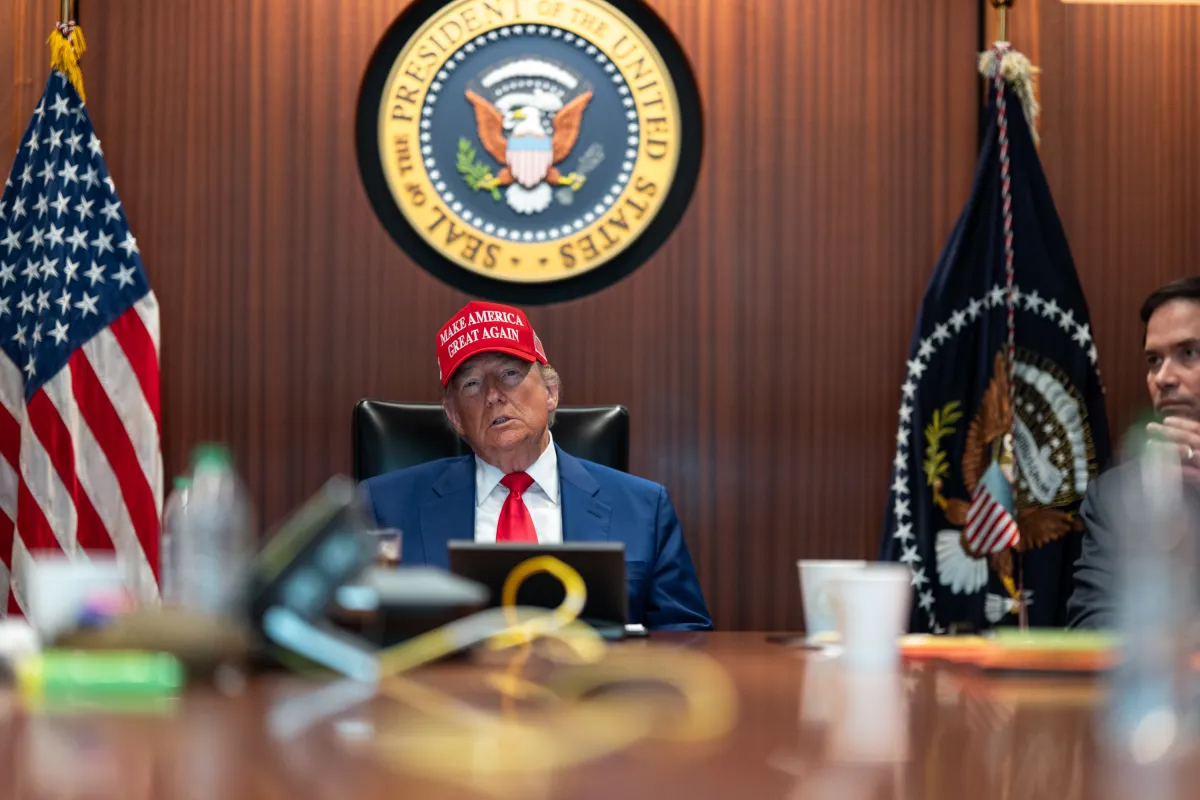As funders threaten to punish the US gallery that censorsed the first major US exhibition of gay art, Salil Tripathi looks at the fallout of America’s culture wars
The nation’s prominent art gallery displays a video, which shows a religious icon with ants crawling all over it. Religious groups protest. The curator takes note of the objection and removes that work of art.
We’ve been through that in Britain, where angry Sikh groups have succeeded in closing a play in Birmingham, and newspapers have avoided publishing cartoons from Jyllands-Posten because they showed images of the Muslim prophet, and in India, where many art galleries avoid displaying the works of Maqbul Fida Husain for fear of offending Hindu nationalists who don’t like how he paints Hindu goddesses.
But this is America; the museum is the National Portrait Gallery, part of the Smithsonian family; and the art work, a video by the late David Wojnarowicz, who died from an AIDS-related illness in 1992. His four-minute video is from a piece he made in 1987, called A Fire in My Belly, commemorating his former partner Peter Hujar, who also died of an AIDS-related illness that year. The video was being shown as part of an exhibition called Hide/Seek, whose central theme is gay love. In an 11-second clip of that video, you see a crucifix on which ants crawl. You can see it as the helplessness of the fallen Christ, whose suffering continues; or you can see it as an attack on Christianity, family values, and all good things Sarah Palin stands for.
The Catholic League, presumably upholding traditional values, said the work was deliberately designed “to insult and inflict injury and assault the sensibilities of Christians”, even calling it hate speech. L Brent Bozell, who gained prominence during the Reagan era, also chipped in against “shock art“. As Blake Gopnik, the art critic of the Washington Post, explains, there is a long history of unpleasant images of Jesus on display in various American galleries. He points out that a recent show of Spanish sacred art, which showed 17th- century sculptures, would have also fallen foul of such sensitivities. He wrote: “If every piece of art that offended some person or some group was removed from a museum, our museums might start looking empty — or would contain nothing more than pabulum. Goya’s great nudes? Gone. The Inquisition called them porn.”
Help is at hand. The Transformer Art Gallery in Washington is now showing the video, mocking the National Portrait Gallery. James Bartlett, a commissioner at the National Portrait Gallery, has resigned in protest. The Andy Warhol Foundation has threatened to withhold funding to the Smithsonian. And so it goes, as it should. (Meanwhile, in Los Angeles, the Museum of Contemporary Art commissioned — and then whitewashed — a
controversial mural by the Italian artist known as Blu. Its director, Jeffrey Deitch would only say that the mural — which showed coffins of American servicemen draped in a giant dollar bill — was insensitive and offensive.)
Nothing excites American politicians more than culture wars. With conservatives strutting around with added pride after the mid-term elections, which saw the Democrats lose control of the House of Representatives, social conservatives see this as the moment to attack what they call progressive or “liberal” agenda. To be sure, since the Reagan Administration, public institutions have faced regular attacks from conservatives, who do not like certain art and literature in public — or tax-payer funded — spaces. They have attacked Robert Mapplethorpe’s photography, Andres Serrano’s works, and the writing of Kurt Vonnegut and J.D. Salinger, as they attempt to cleanse public libraries and school libraries of works that might offend. It is a serious effort to create a different kind of America — which doesn’t even celebrate Norman Rockwell‘s innocence, but venerates Thomas Kinkade‘s kitsch.
How, indeed, could they celebrate Rockwell, whose great images included the man rising in a townhall to have his say and personifying freedom of speech?
A Republican Congressman said tax-funded museums should uphold “common standards of decency”, but the United States strives for an ideal where such standards of decency are anything but common, and those who dislike something, turn off the radio, switch to another channel, stop reading the book, or step out of the museum. Gopnik says as much:
My decency is your disgust, and one point of museums and of contemporary art in general, is to test where lines get drawn and how we might want to rethink them. A great museum is a laboratory where ideas get tested, not a mausoleum full of dead thoughts and bromides.
What ensures that those museums remain that way is the cornerstone of the American Constitution, the First Amendment, which prevents the state from passing laws that restrict people’s right to worship (or not) who they want — and lets the people say what they want. That means those who wish to worship are free to do so; those who don’t wish to, don’t have to do so. And people can say what they want — and if what you say is about a public figure, not only can you say what you want, but you don’t have to worry about its accuracy, so long as you’ve shown no malice.
Maybe it is for America to rediscover and get reacquainted with those traditional values.
Salil Tripathi is a journalist and author and the chair of English PEN’s Writers in Prison Committee





